10 Clear Signs of a Pest Problem
10 Clear Signs of a Pest Problem
No one wants to have any kind of pest issue. There is something so frustrating about having your own home or yard invaded by a group of pests that ruin whatever they touch. It doesn’t help that most insects, arachnids, and rodents are often more than a little creepy-looking! It is more efficient and less expensive to catch pest infestations in their earliest stages, since it is before they can inflict further damage to your belongings or house. Besides seeing the actual pest invaders in action, there are many signs that they have decided that your space is the perfect place for them to be. This list is in no particular order and is not exclusive, but it definitely includes some of the most common signs that a pest family has arrived.
1. A Lot of Dead Insects
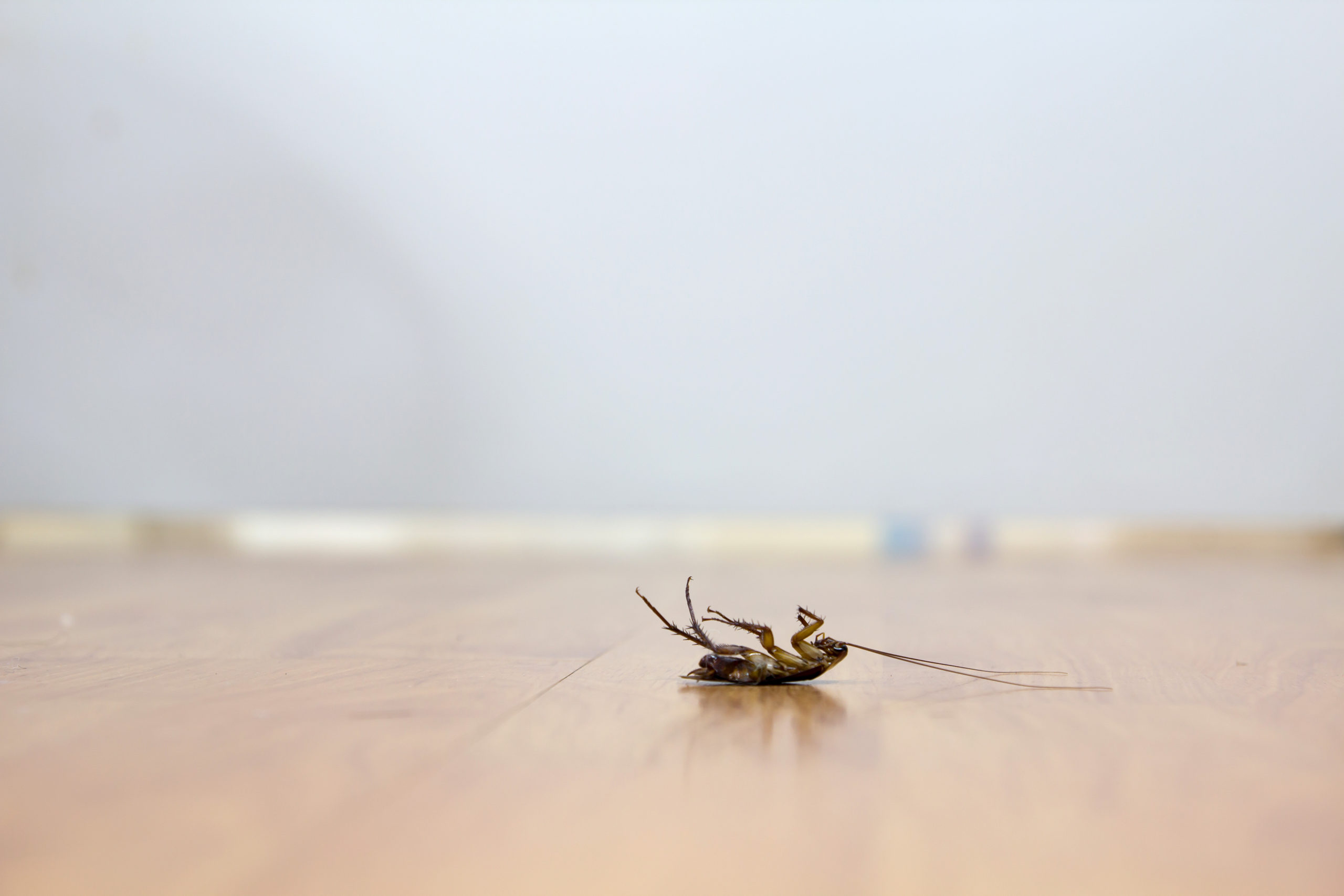
This may seem just as obvious as finding the live ones, but this is actually a very useful sign if it occurs. One dead fly on the windowsill is not a surefire sign of an invasion, but a group of deceased insects is definitely something to investigate. These are most commonly found around windows, doors, baseboards, and in the pantry. An even stronger sign of a pest infestation is if the group of dead insects is all of the same species. This is a likely sign that a colony is living somewhere near or inside your house, and these are just some of the casualties. It is important to dispose of these dead insects soon before they attract other pests who have a taste for fellow insects. But before you clean them up, it can be helpful to investigate where they are coming from and what kind of insects they are to know the next course of action.
2. Nesting Evidence

Speaking of non-living evidence, any signs of nesting rodents or insects is a pretty reliable sign that there are pests around. Rats and mice in particular are very messy in their nesting habits, and the evidence is often one of the first signs that people see when there is an infestation. They use shredded materials to form a round shape that is large enough to hold their ever-growing family. These shreds can get everywhere since the rats or mice are very crafty, and tear the materials with their teeth. They use papers, fabrics, leaves, and any other kind of thin, tearable material. The tricky part is that rodents place their nests in secluded areas, like behind walls and up in the attic, so the random paper shreds on the ground are often the only sign of their nests that we find. Pests can also build their nests on the exterior of the house, including in the gutters. This can be very problematic when the nest is so thick that it blocks the gutter from working properly.
3. Droppings
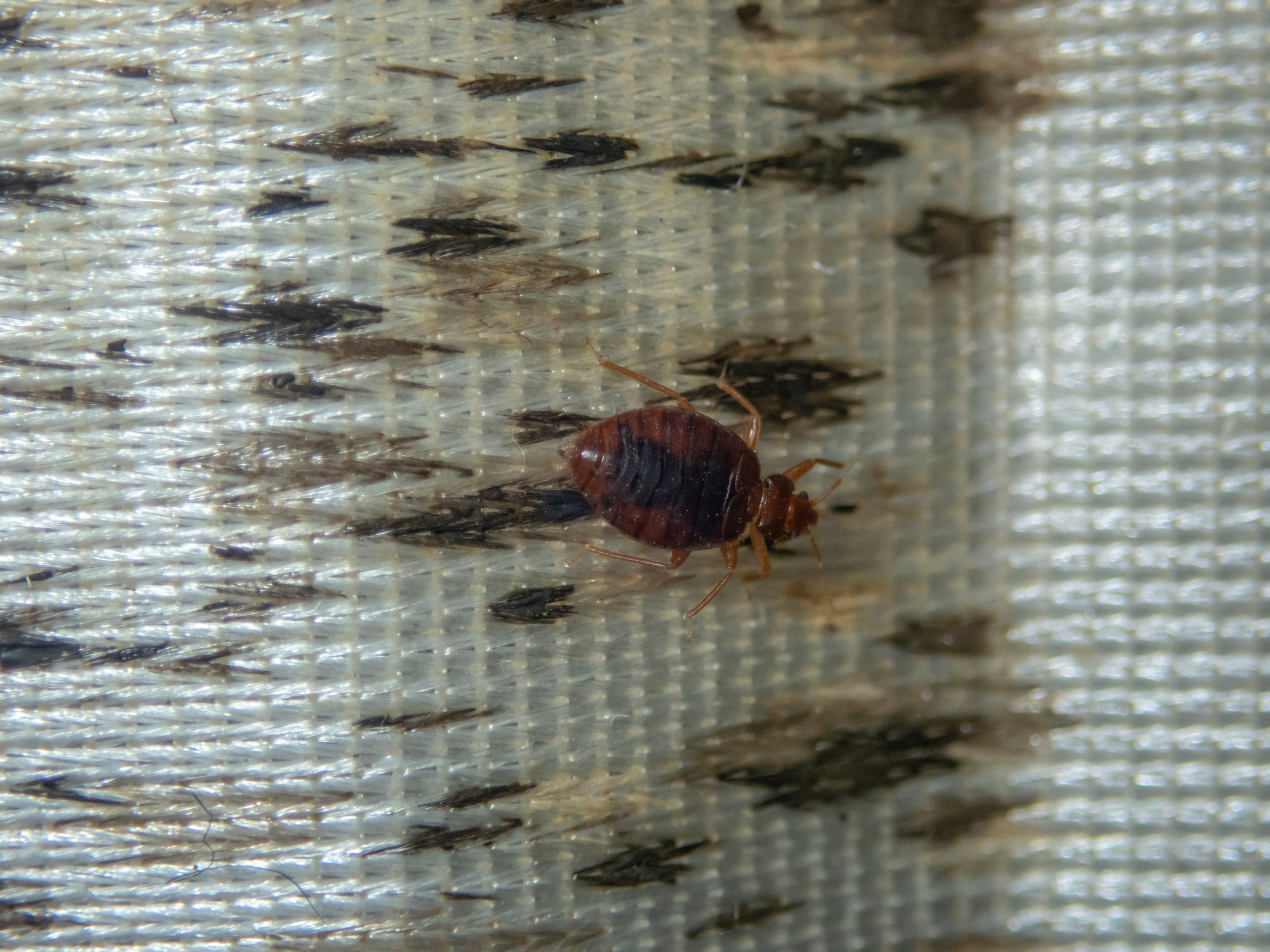
As if having pests wasn’t gross enough, their droppings and waste are an unsanitary sign that they are nearby. Many times, they are in enclosed areas that the pests hide in, but they can also just be out in the open. Insect droppings look like tiny dots or marks, so it requires a closer look to determine if it’s droppings or random spots on the floor. They can sometimes be in a trail formation that follows where the pests have traveled, which is a more obvious sign that they are foraging for food. If the pests are living in the walls, like termites or carpenter ants, their droppings often collect at the base of the wall they are inhabiting. Insect waste is not very sanitary, but rodent droppings are even worse. They often contain diseases and harmful bacteria, and have been linked to hantavirus and salmonellosis. Any kind of food or drink that has pest droppings in it should be thrown out immediately and spark a quest to hopefully eradicate the pest problem soon.
4. Strange Smells
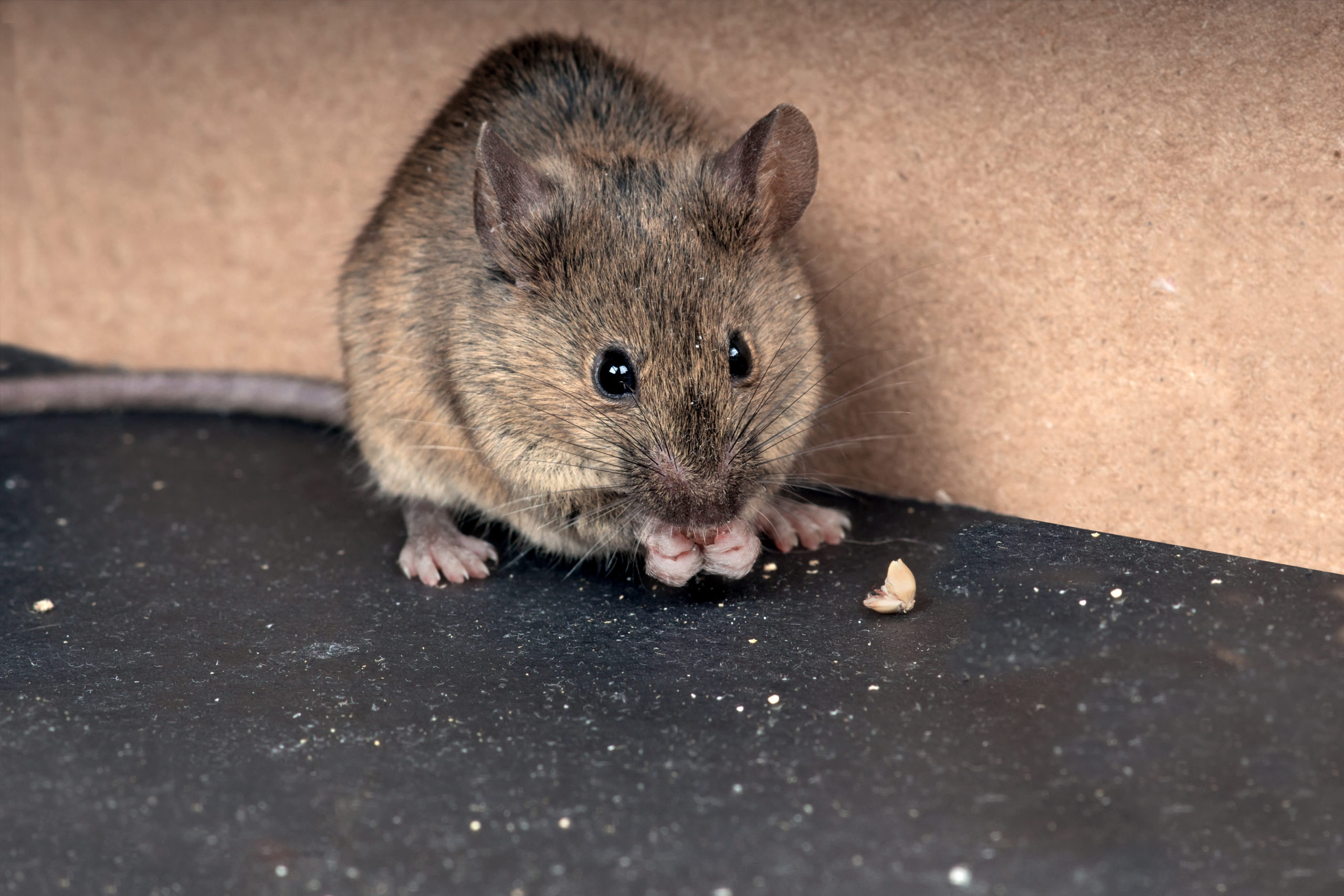
With all of the smells that accumulate in a typical home – cooking, garbage, air freshener, fresh laundry, coffee – it can be very difficult to detect random smells generated by pests. But if the infestation is large enough, it will definitely put off some kind of scent that anyone can smell. Most pests put off what has been described as a musty scent, with different undertones depending on the specific pest. Roaches and bed bugs both smell very musty when there is a large group. Rodents have this natural smell, and their urine and droppings will smell much more than insects’. Odorous house ants also give off a strange smell, hence the name, that reportedly smells like rotten coconut or strong cheese. If you start to notice a musty, stale smell that is stronger in certain areas, there is a good chance it is because of unwelcome pests.
5. Cast Skins

This is along the same vein as finding dead insects in the house. Most insects go through a molting process in their life, sometimes multiple times, and they leave their old cast skins behind. Bed bugs and aphids are some of the most common, which can make a mess of your bed or plants depending on where they are. Carpet beetles and clothes moths also leave cast skin behind on whatever material they happen to be living on, which is usually fibrous or organic. A group of cast skins scattered throughout the house is a sign of an invasion because it shows that pests have grown through multiple life stages in the area. You can also use these to see what kind of pests they are and where they are living in the house, but it may be trickier than with the dead insects due to the hollow nature of the skins.
6. Sounds

The goosebump-inducing sound of some critters living in the walls of the house is difficult to imagine without experiencing first-hand. As small as many of them are, pests do make noises when they are going about their lives in our homes. Any kind of scratching or clawing sound within the walls and ceiling is a clearcut sign that some kind of pest is living where it should not be. Rats and mice are understandably some of the noisiest pests, what with their constant running, gnawing, squeaking, and scampering. This is another early sign of their presence that many homeowners experience first when they have this problem. Roaches are also noisy when they are living in the walls, especially when they feel threatened by something and start hissing. All of these pests are also nocturnal, so these noises may not be detected unless they happen to be in the bedroom or if you are already awake, staying up late to finish one last page of that novel.
7. Chew Marks
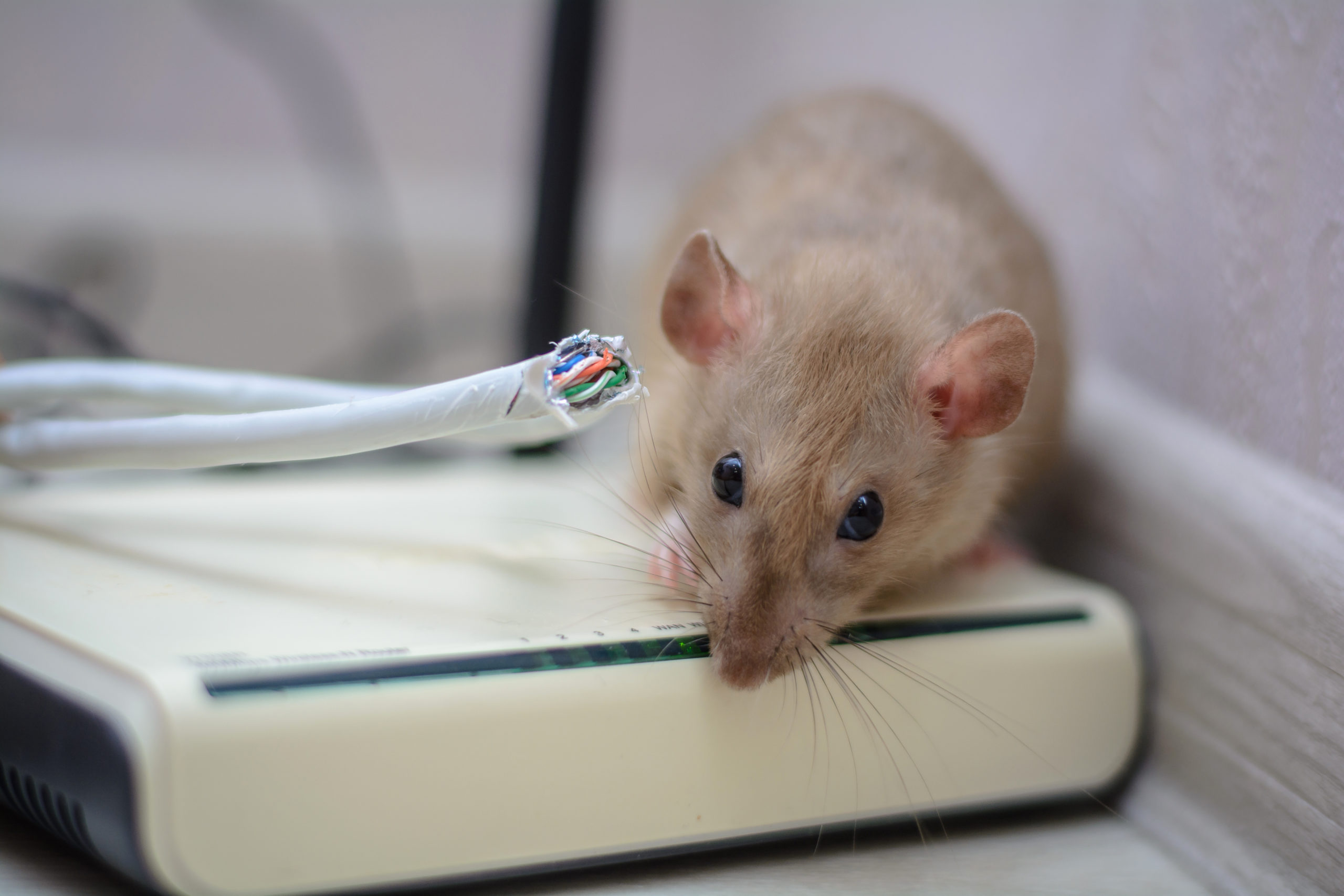
If you have ever had (or currently own) a puppy, the stage of them chewing everything in sight goes beyond being “cute” after a while. The chew marks from pests are even worse since they are often more numerous and expansive. Rodents are definitely culprits of chewing through anything and everything, especially when they are searching for the perfect nest location. Their teeth can get through walls, cloth, and electrical wires, which makes everything worse considering the fire risk. A number of house fires every year are caused by rodents chewing through electrical wiring! Another popular chew toy for pests is anything in the kitchen; a food package riddled with tiny teeth marks or holes is evidence of some hungry pests. The location of the eaten material is not necessarily where the pests live, but it is a sign that some kind of pest is in the general vicinity.
8. Plant Damage
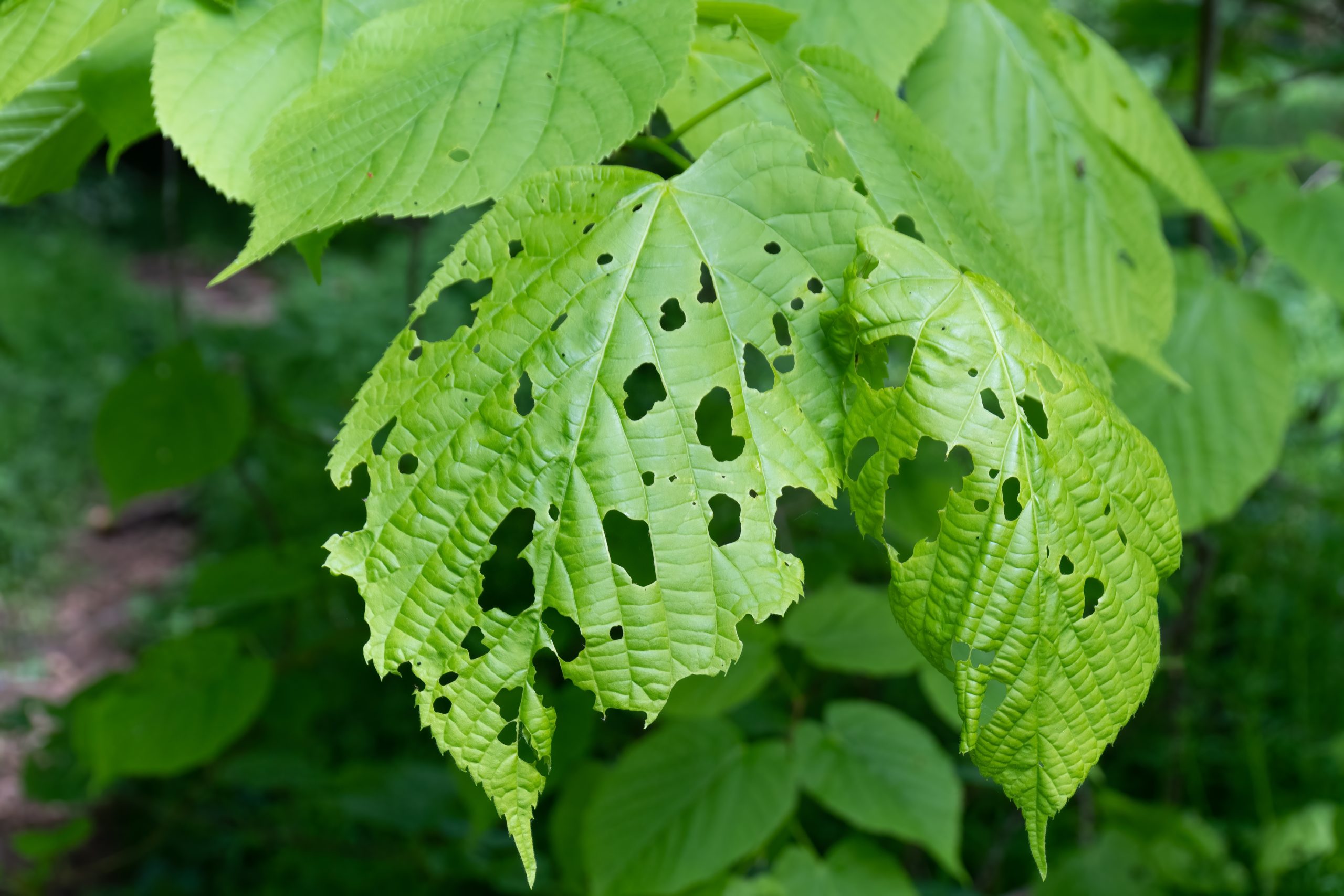
If you have experienced garden pests in any way, this is not news to you. Many insects are herbivores and require any part of the plant in order to survive, which could mean the end for a plant that has its vital juices extracted. Some of the most common garden pests include spider mites, aphids, caterpillars, rodents, and weevils. There are a few main ways that plants give away the secret of pests living in or on them. External signs, like wilting and discoloration, are clues that pests are consuming all of the nutrients in the plant and leaving it without any substance. Other appearance-based signs, like uneven length and jagged edges on plants that don’t normally have that, are due to pests eating the actual leaves. The more pests on a plant (no matter how small the insect), the more damage done to the plant itself. And if the pests use the plant as a walkway to the house, the problem can turn much worse.
9. Holes Within the House
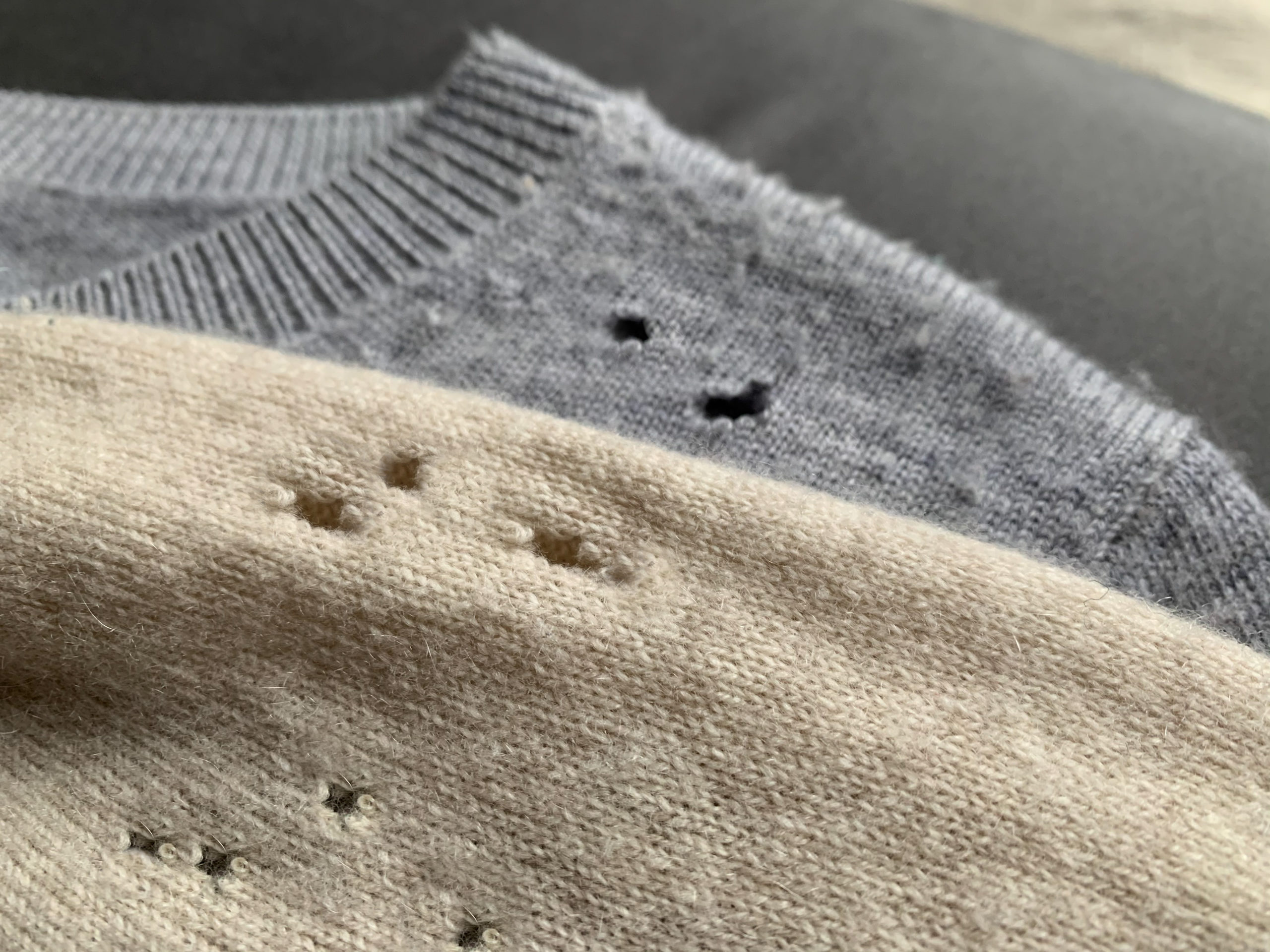
The presence of pests is already frustrating in general, but it gets even more aggravating when they start destroying our home and the items in it. Rodents will make holes in the wall that they choose to live in, and they aren’t nearly as rounded or even as the mouse holes in cartoons. Other pests can ruin papers and books by slowly eating parts of the pages, and a page peppered with holes is not an appealing look for any kind of reading. Silverfish, booklice, carpet beetles, and roaches all enjoy paper for the cellulose content, which is also found in the glue of book binding. Clothing can show holes if fiber-eating pests invade the closet. Clothes moths, carpet beetles, roaches, crickets, and silverfish are all guilty of eating clothing, and many of them invade in groups. By finding any holes in items or the house itself, you could find out where the pests like to stay and possibly how they got inside in the first place.
10. Hollow Wood
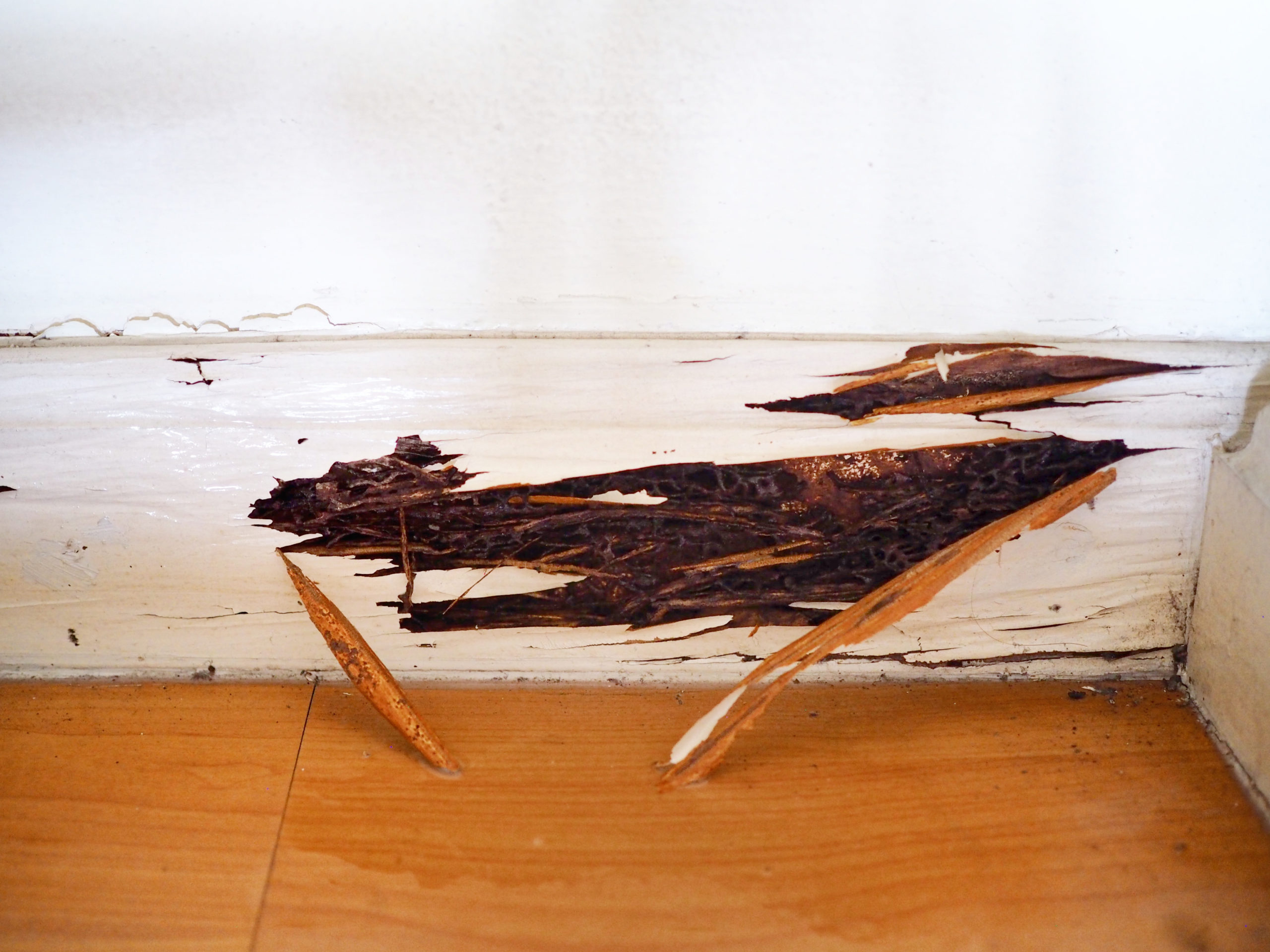
The phrase “knock on wood” takes on a new meaning with this sign. Termites, carpenter ants, and other wood-boring pests can do some serious damage to a house if the colony grows large enough and is there for a while. When pests have eaten through the wood and aren’t stopping, the wood will sound hollow if you knock on it. Termites have other signs of damage as well, like mud tubes (dirt lines outside their tunnels), droppings or frass on the ground, and swarmers flying around the area. If you see any type of holes or dirt on the wood that is normally not there, it is a clear sign that some kind of pest is literally eating through your house. It is important to check wood for any new holes and markings after a long period of rain, as damp wood is easier for pests to eat through. It’s one thing to have pests invade the house, but it’s a whole new problem when pests literally invade the house.
Pest Control Can Solve Any Pest Problem!
These signs can be just as frustrating as the pests themselves, but they are effective signals that something is happening. If you see any combination of these signs, it is a good idea to call pest control to get to the bottom of it all. Our team of knowledgable technicians is experienced in investigating pest issues and solving the problem at the source. We are here for your pest control needs! Contact us for more information on how we can solve your pest issues and bring the annoying number of pest signs down to zero.
Citations
Five signs of pest infestations. (2017, August 24). RICS Firms. Available at https://www.ricsfirms.com/residential/maintenance/exterior/five-signs-pest-infestations/ (Accessed on August 12, 2022).
Kelsey, J. (2017, July 19). 5 signs of a pest infestation. Gutter Helmet. Available at https://www.gutterhelmet.com/blog/5-signs-of-a-pest-infestation/ (Accessed on August 12, 2022).
Signs your plants have a pest problem. (2020, August 24). Maggie’s Farm. Retrieved August 12, 2022, from https://maggiesfarmproducts.com/blogs/bug-help/signs-your-plants-have-a-pest-problem

